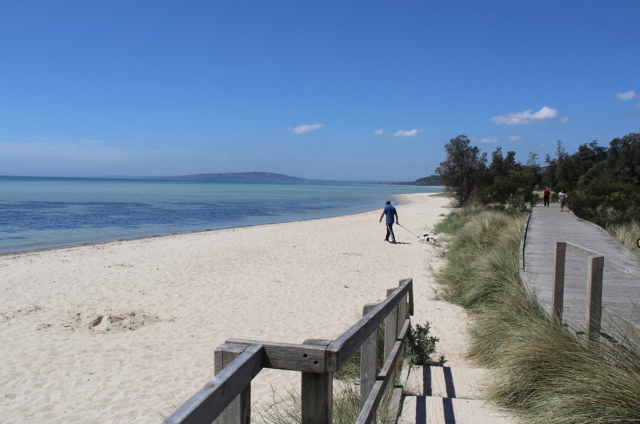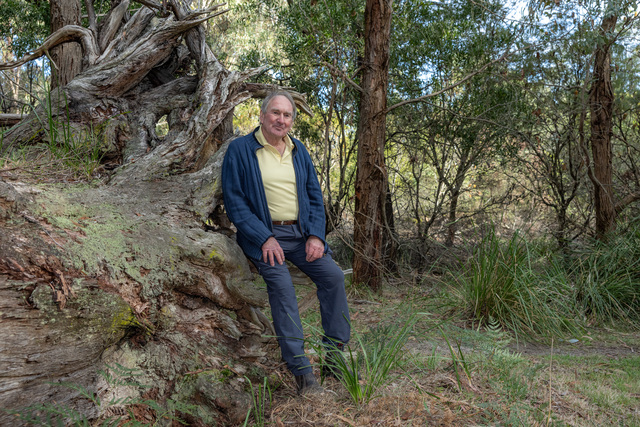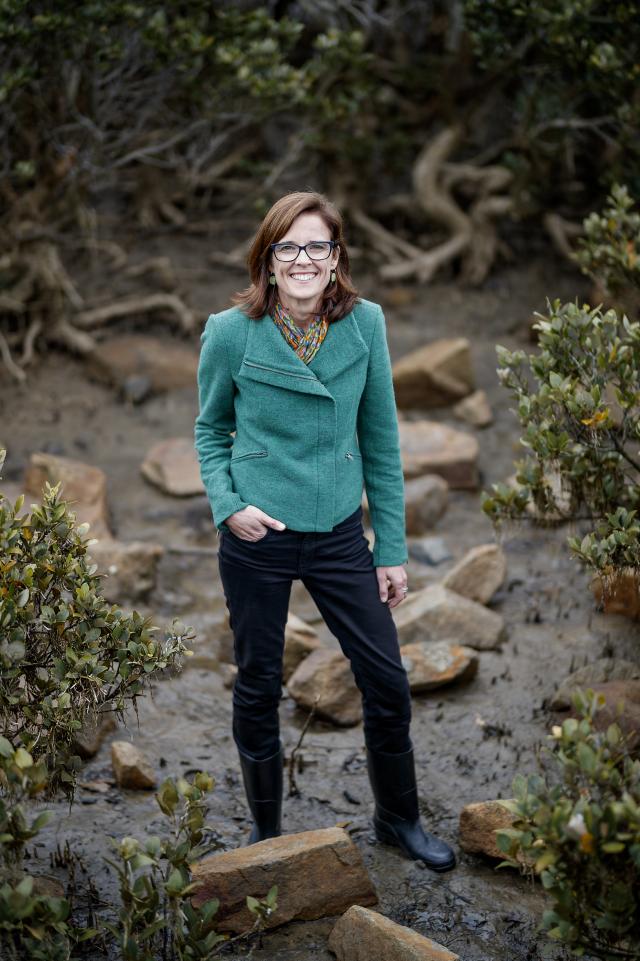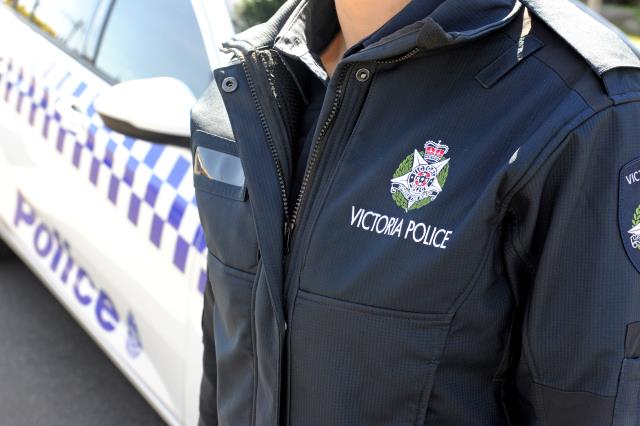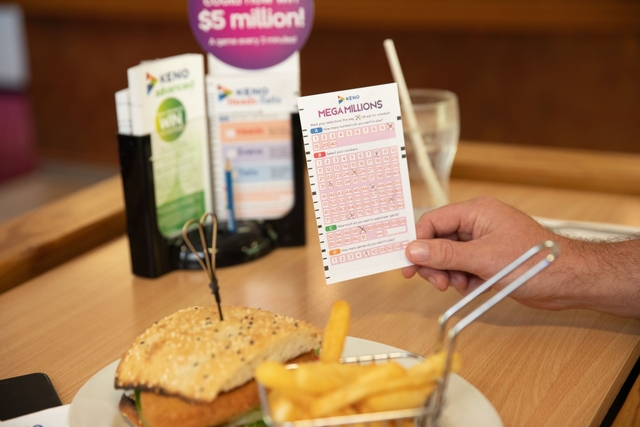A Blue Carbon project across Western Port has reached a milestone as the second Stakeholder Working Group meeting was held at the Tidemaster Cruise in Tooradin on 23 November.
The meeting brought together stakeholders and blue carbon experts from around Western Port, and they visited the coastline of French Island and explored the seagrass meadows of Western Port.
The project has been operating in a partnership between Western Port Biosphere Reserve Foundation, member councils of the South East Councils Climate Change Alliance (SECCCA), and Deakin University’s Blue Carbon Lab, aiming to examine how coastal ecosystems contribute to local and national’s achievement of net zero carbon emissions.
The coastal ecosystems are capable of capturing carbon up to 30 and 50 times faster than terrestrial forests, locking it into the marine sediments for thousands of years.
With 24 per cent of Victoria’s coastal wetlands situated within the Western Port UNESCO World Biosphere Reserve, the region holds potential in the fight against climate change with its wealth of carbon-absorbing marine habitats, including mangroves, tidal and salt marshes, and seagrasses.
A Blue Carbon Opportunities mapping project has been ongoing since last year, which determined distribution of blue carbon habitats across Western Port. It also tracked changes and losses over time due to human impact by utilising historical data and spatial mapping.
The current stage of the project focuses on designing management plans for the identified sites, executing on-ground works, and monitoring the efforts.
The meeting featured updates from the Blue Carbon Lab, Seagrass Partnership (Ian Stevenson and Hugh Kirkman) and insights from Ben Cleveland of Cardium Marine along with Adrian Flynn of Fathom Pacific. Attendees were treated to Andy Foudoulis of OzFish, who used an underwater remotely operated vehicle (UROV) to explore the seagrass meadows of Western Port.

